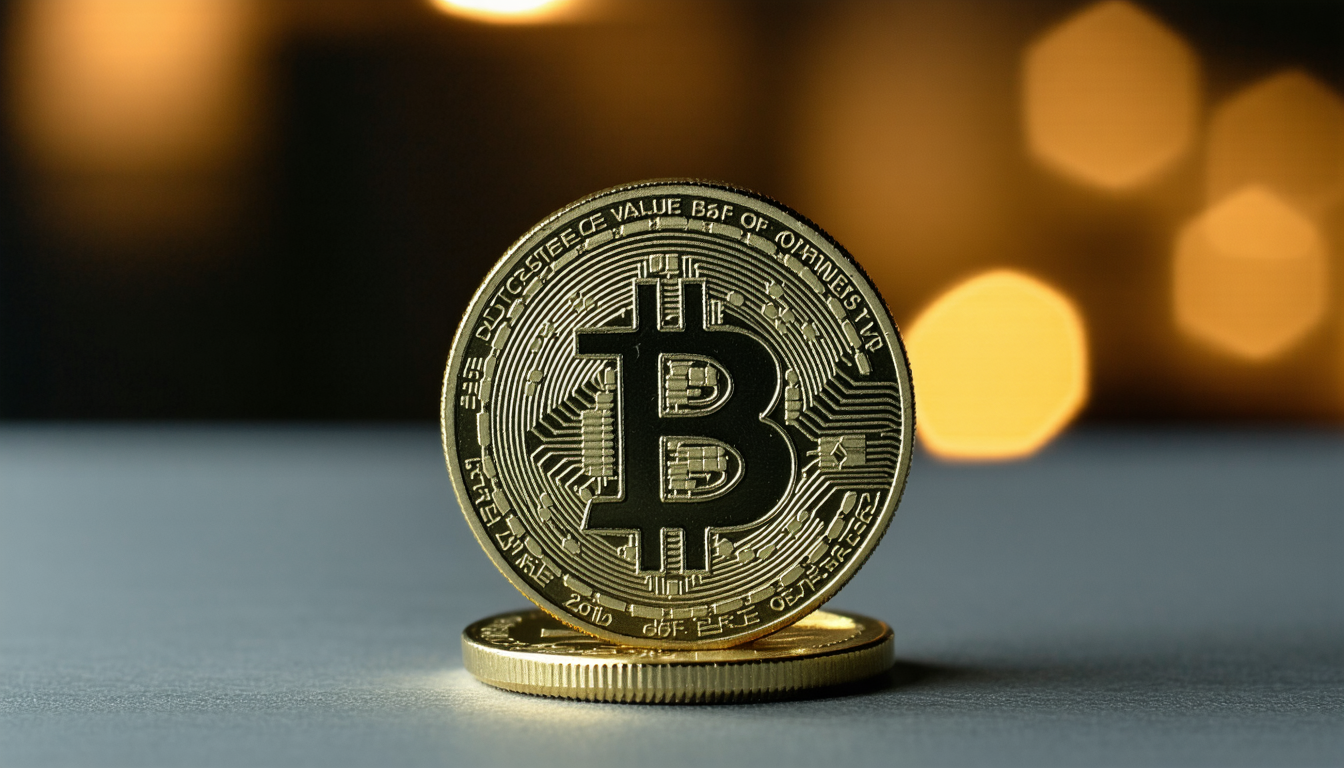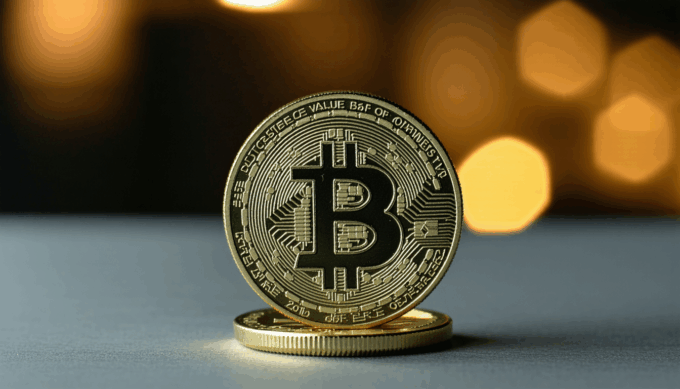Introduction: The Problem, Stakes, and Promise of Pi Coin Value in 2030
Anyone following the rapid evolution of cryptocurrency knows the allure and potential risks that surround emerging digital assets. In particular, Pi Coin—a project launched with the ambition of bringing crypto mining to everyday phones—has sparked intense debate. As we look towards the next decade, investors, enthusiasts, and even skeptics are asking: what will the Pi Coin value be in 2030? This question isn’t just speculative. It reflects real financial stakes, emerging market dynamics, and the hopes of millions of Pi network participants worldwide. In this article, we cut through the noise, offering a grounded analysis of Pi Coin’s potential value by 2030, underpinned by available data, reasonable forecasting, and practical guidance for those ready to chart their course.
What Pi Coin Value in 2030 Means in Context
Pi Coin is positioned as an accessible, community-driven cryptocurrency minerable via smartphones. As of today, Pi’s core network remains in a state of pre-launch, meaning its tokens are not yet listed on major exchanges or fully tradeable for fiat currency on open markets. However, the anticipation around Pi Coin value in 2030 is intense—driven largely by a user base already exceeding 35 million pioneers (Pi Network, 2023).
Pi’s relevance for the future is tied not only to its technical ambitions but also to the scale and enthusiasm of its community. The year 2030 becomes a rational milestone for analysis: far enough for Pi’s foundational promises (such as real-world utility and widespread adoption) to mature, but not so distant as to veer into pure guessing. When discussing value, it’s less about today’s speculation and more about whether Pi can secure sustained demand, utility, and exchange liquidity as the broader crypto ecosystem evolves.
Why Pi Coin Value in 2030 Matters for Stakeholders
For Pi holders and potential investors, understanding the possible value trajectory by 2030 can inform portfolio decisions, mining strategies, and engagement with the network. Businesses wrestling with blockchain adoption may look to projects like Pi as indicators of public appetite for decentralized digital services. Meanwhile, policymakers and technology observers see Pi’s growth as a case study in grassroots crypto. Ultimately, 2030 price predictions shape short-term expectations and long-term decision-making for millions eager to capitalize on Pi’s success—or avoid costly missteps if its impact falls short.
Framework for Forecasting Pi Coin Value in 2030
Projecting Pi Coin’s potential value in 2030 is not a speculative game; it depends on concrete pillars. Below, we break down the core factors that any rigorous forecast must address.
1. Network Growth and User Retention
The value of any cryptocurrency depends heavily on the network effect—a phenomenon where adoption fuels utility and perceived worth. As of late 2023, the Pi Network surpassed 35 million engaged participants (Pi Network, 2023). For Pi Coin to appreciate in value by 2030, these users must remain active and the network must convert joiners into transactors and contributors, not just passive miners.
How-to: Analyze yearly growth rates and engagement metrics. Watch for announcements of further mainnet launches or integrations that convert users into economically active participants.
2. Utility and Ecosystem Development
A token’s value in the long term is dictated by its real-world use cases. Pi aims to power an ecosystem of decentralized applications (dApps), peer-to-peer payments, and potentially merchant adoption, but as of now, its primary use remains hypothetical.
How-to: Track development updates from the Pi Core Team. Seek evidence of successful app launches, partnerships with merchants, and third-party integrations. Assess the tangible on-chain activity beyond initial hype.
3. Exchange Listings and Liquidity
Liquidity is vital for price discovery and sustainable value. Without major exchange listings, Pi’s price remains theoretical. Exchange onboarding brings standard fiat on- and off-ramps and exposes Pi to the broader crypto investor audience, which in turn affects its tradable value.
How-to: Monitor official Pi communications, especially regarding compliance with global exchange policies. Scrutinize preliminary secondary-market trading data, but be cautious—unofficial Pi trading at this stage often misrepresents true price potential.
4. Tokenomics and Supply Constraints
With a max supply projected in the hundreds of billions, Pi faces potential inflationary pressure unless significant tokens are locked, lost, or staked. A healthy value outcome depends on clearly enforced tokenomics—such as vesting schedules, transaction fees, or staking rewards—that incentivize holding and participation.
How-to: Study the official whitepaper revisions and community governance proposals. Pay close attention to mechanisms designed to reduce circulating supply or reward long-term holding behavior.
5. Regulatory Developments
The regulatory climate for cryptocurrency continues to evolve, with some jurisdictions imposing restrictive policies and others fostering innovation. Pi’s value in 2030 will be partly shaped by whether it can navigate these hurdles and gain recognition as a compliant, mainstream asset.
How-to: Follow global regulatory moves, especially in major markets with large concentrations of Pi users. Evaluate Pi’s KYC and compliance protocols as published by the project.
Tools, Checks, and Metrics
- Community activity tracking: Monitor user count, transaction volume, and dApp engagement each quarter.
- Ecosystem health: Assess the number of functional applications, active developers, and business partnerships within Pi.
- Token velocity: Analyze on-chain transfer frequency to gauge whether Pi is being used or merely accumulated.
- Exchange liquidity: Benchmark against comparable tokens at the time of major listings, factoring in both initial hype and sustainable trading volume.
- Regulatory news digest: Maintain up-to-date awareness of relevant policy changes that might impact Pi’s accessibility or legality.
Data & Proof: Key Statistics Behind Pi Coin’s Prospects
Key Statistics
- Over 35 million users engage with the Pi Network’s mining app worldwide as of late 2023, making it one of the largest grassroots crypto communities. (Pi Network, 2023)
- About 12% of new cryptocurrency projects fail to reach meaningful exchange liquidity after launch, according to CoinGecko’s survey on altcoins launched since 2019. (CoinGecko, 2022)
- Crypto adoption is projected to grow to over 1 billion users globally by 2030, per Boston Consulting Group, with emerging markets leading the charge. (BCG, 2022)
- Nearly 60% of cryptocurrency value appreciation over a 5+ year horizon comes from tokens with evidence of real-world utility and active ecosystem development. (Chainalysis, 2023)
What the Numbers Mean for Pi Coin Holders
These figures reveal that while Pi’s raw user numbers are promising, sustainable value by 2030 will hinge on achieving conversion from passive mining to genuine economic utility. The odds are not generous for projects lacking early liquidity or robust use cases—a sobering note underscored by the rate of project attrition found in CoinGecko’s study. On the other hand, the macro-crypto landscape is expanding, and tokens linked to tangible applications disproportionately capture long-term growth. For Pi, the implication is clear: only by translating its user base into a purposeful economic engine can its value in 2030 meet optimistic forecasts.
Practical Examples: Successes and Cautions in Crypto Valuation
Example A: Mobile-Based Token Success Story
Consider the case of Helium (HNT), which, like Pi, began as a decentralized project with a large mobile-mining user base. Through strategic partnerships and rigorous community governance, Helium broke onto major exchanges and offered real-world utility via IoT network support. HNT’s value surged post-listing, trading at under $1 before running up to over $50 during its peak period (CoinMarketCap, 2021). This illustrates how a strong launch, tangible use cases, and sustained liquidity can turn a large user base into dramatic asset appreciation that rewards early adopters.
Example B: High Hype, Low Follow-Through
By contrast, Internet Computer (ICP) entered the market with enormous anticipation and initial price highs, only to drop over 90% within its first year as user adoption failed to match expectations (CoinGecko, 2022). The lesson for Pi? Sizeable hype and large community numbers can set the stage, but unproven utility or weak market execution quickly erodes value.
Common Mistakes and How to Avoid Them
- Mistaking mining activity for guaranteed value: Many Pi participants equate time spent mining as a sure path to profit. In reality, value will depend on ecosystem adoption and actual exchange presence.
- Ignoring token supply mechanics: Overlooking the impact of inflation on a high-max-supply project can result in unrealistic future price assumptions.
- Underestimating regulatory headwinds: Assuming Pi will list freely on all major exchanges ignores evolving KYC, AML, and regional regulations that could limit trading access.
- Overreliance on community-driven pricing estimates: Valuation built solely on online sentiment rarely aligns with post-listing realities; balance optimism with critical scrutiny and factual indicators.
Implementation Checklist
- Audit your Pi holdings and record your mainnet-eligible balance.
- Stay informed on official updates regarding mainnet migration, app launches, and exchange listing progress.
- Participate in KYC or compliance steps as required to ensure future mobility of funds.
- Engage actively with dApps or developer initiatives within the Pi ecosystem to foster real utility.
- Set clear, disciplined targets for Pi’s share of your overall crypto portfolio based on risk analysis.
- Periodically review the macro-crypto landscape for signals of mass adoption or regulatory shifts.
Conclusion: Synthesis and Next Steps for Pi Coin Value in 2030
As the crypto sector matures, the question of Pi Coin value in 2030 sits at the intersection of hope, hype, and hard economic reality. A network boasting over 35 million users faces both unprecedented opportunity and daunting risks. The greatest rewards will come to those who discern actionable signals from noise: watch for mainnet rollouts, liquidity events, authentic use cases, and healthy ecosystem participation. Pi’s future value will likely be decided less by mining participation and more by the transformation of its user base into genuine economic actors within a thriving digital network.
For current and prospective Pi holders, the path ahead is equal parts vigilance and engagement. Monitor the indicators outlined here, remain adaptable to new developments, and approach any “future price” predictions—whether bullish or bearish—with a rigorous, evidence-based mindset. In the rapidly evolving crypto environment, prudence, not blind optimism or pessimism, will ultimately determine who stands to benefit from Pi Coin’s journey to 2030 and beyond.
FAQs
What are the main factors that will decide Pi Coin value in 2030?
Network size, real-world utility, exchange listings, tokenomics, and regulatory compliance will be decisive. Monitoring progress in these areas helps shape realistic expectations.
Is mining Pi Coin now likely to result in high value by 2030?
Success depends less on mining alone and more on the network’s ability to translate its user base into economic demand and liquidity for the token.
Can I sell my Pi coins today on major exchanges?
As of 2024, Pi is not officially listed on major exchanges; any trading is considered unofficial and speculative, so participants should act cautiously until formal listings occur.
How can I increase my chances of benefiting from Pi Coin value growth?
Stay informed on official updates, participate in ecosystem activities, and follow market and regulatory news while maintaining a balanced, risk-aware crypto portfolio.
What lessons from other cryptocurrencies apply to Pi Coin?
Projects with real-world use, robust ecosystems, and strategic exchange launches have historically outperformed those reliant solely on hype or large user numbers.
Is there a risk Pi Coin will not reach a meaningful value by 2030?
Yes. Like many projects, failure to deliver real utility, secure liquidity, or navigate regulatory challenges could limit or delay value realization. Diligence is essential for all participants.










Leave a comment